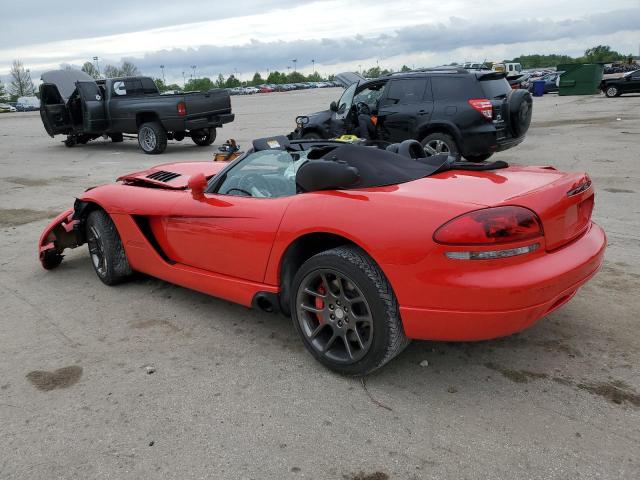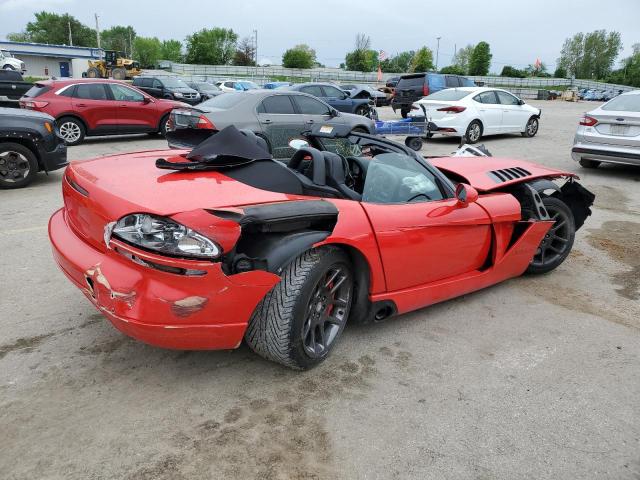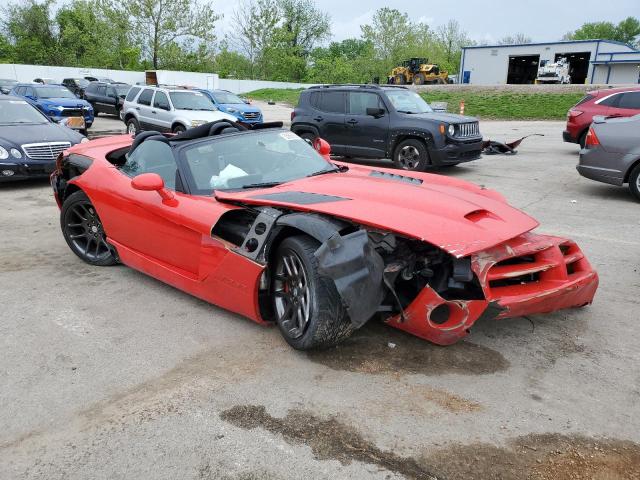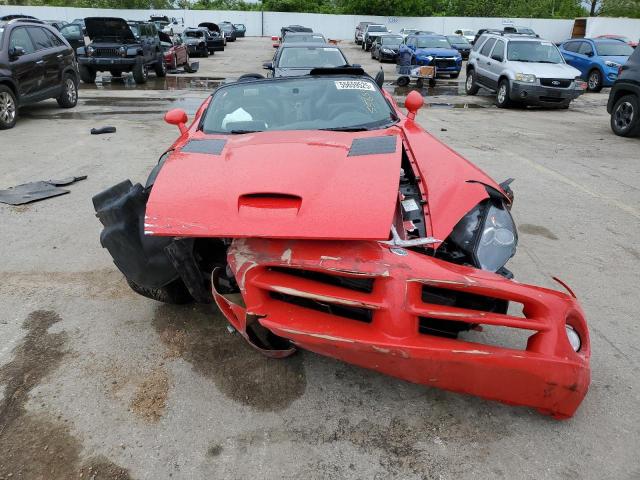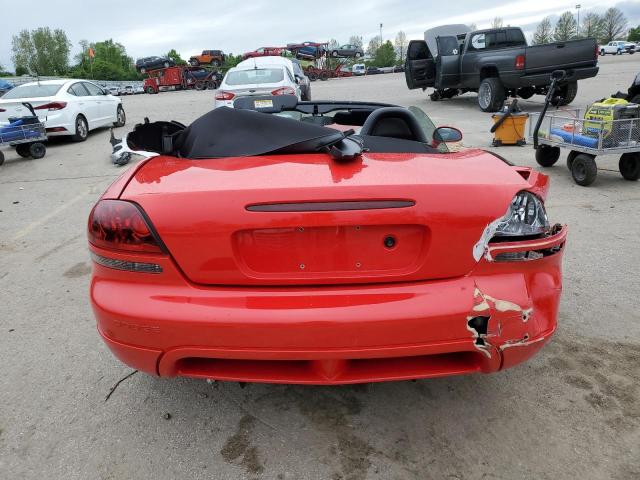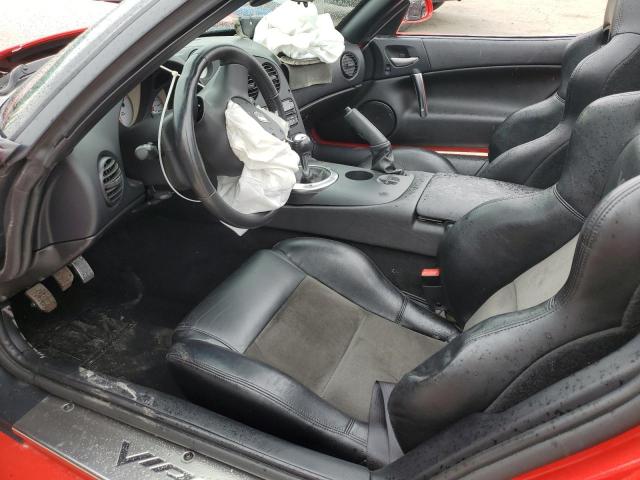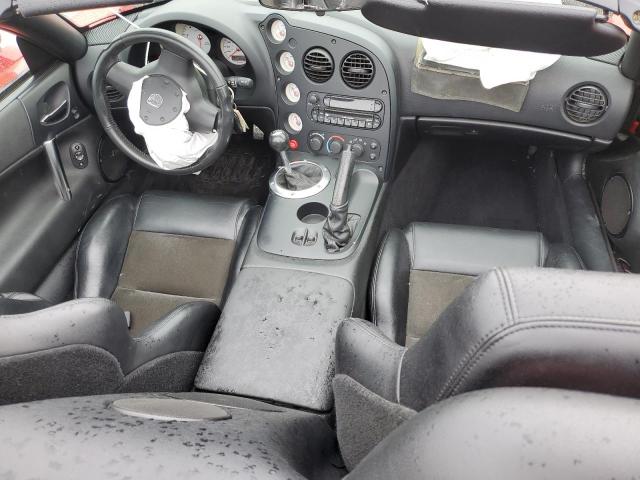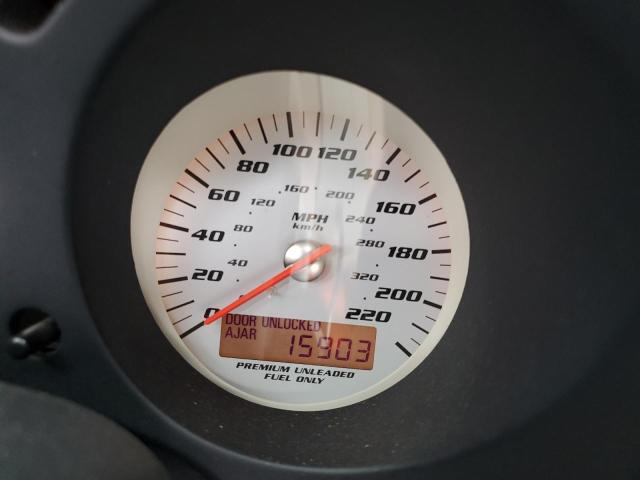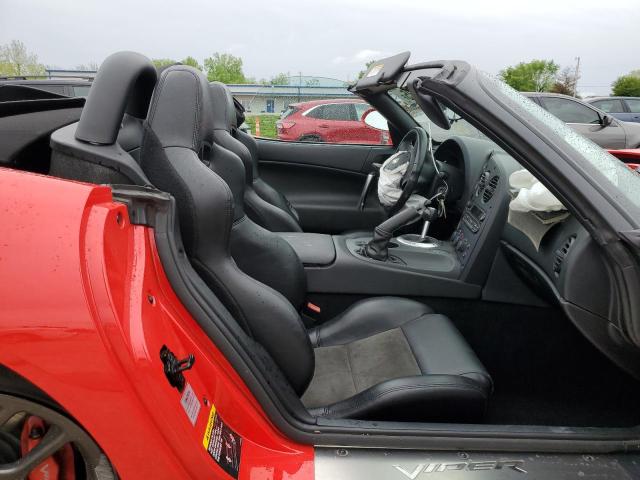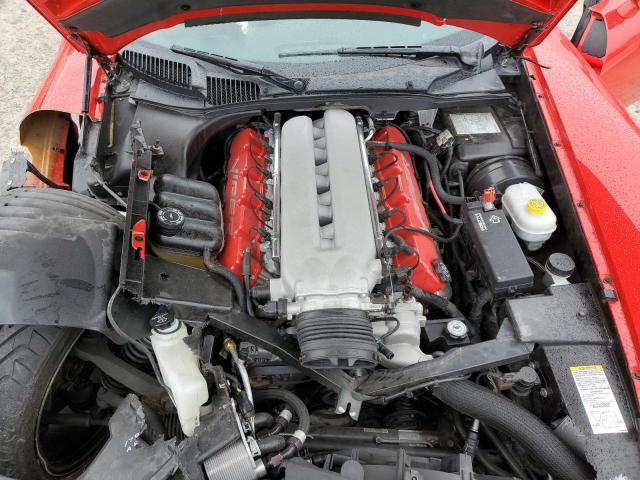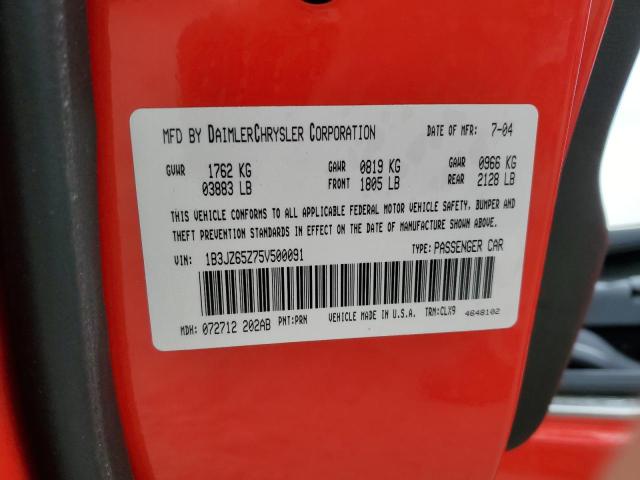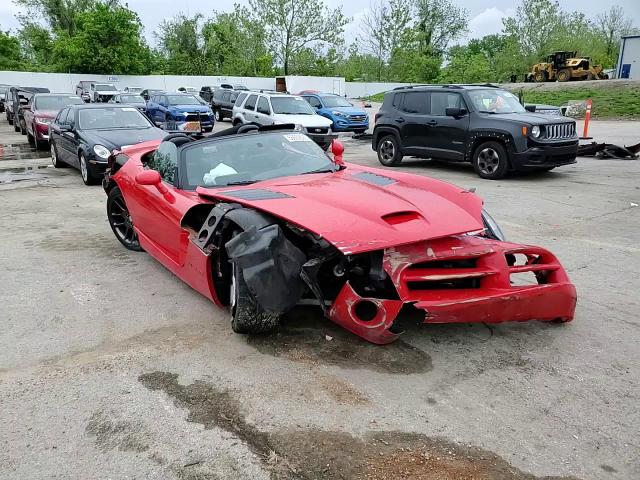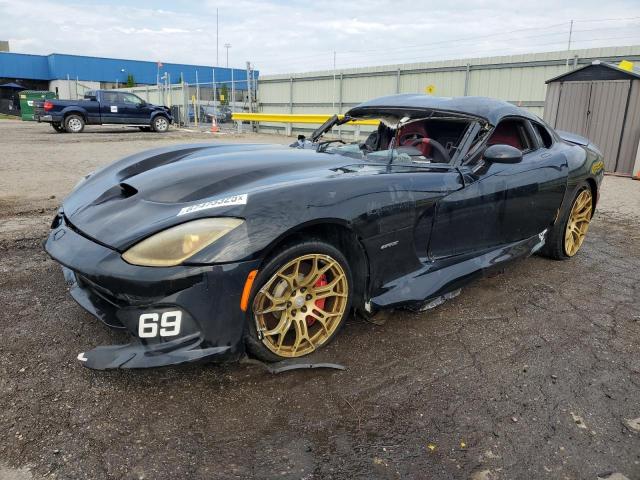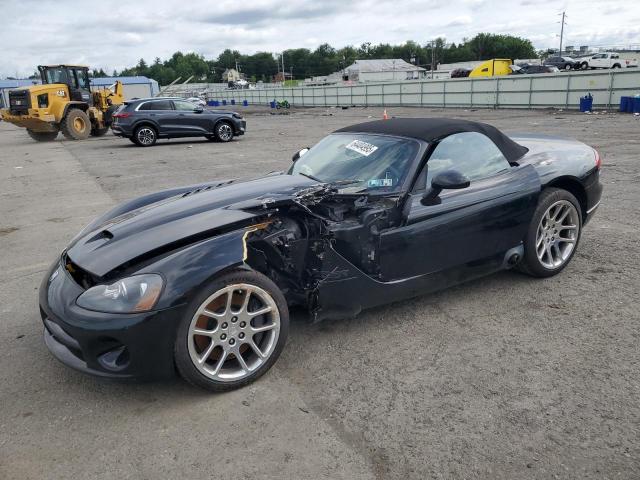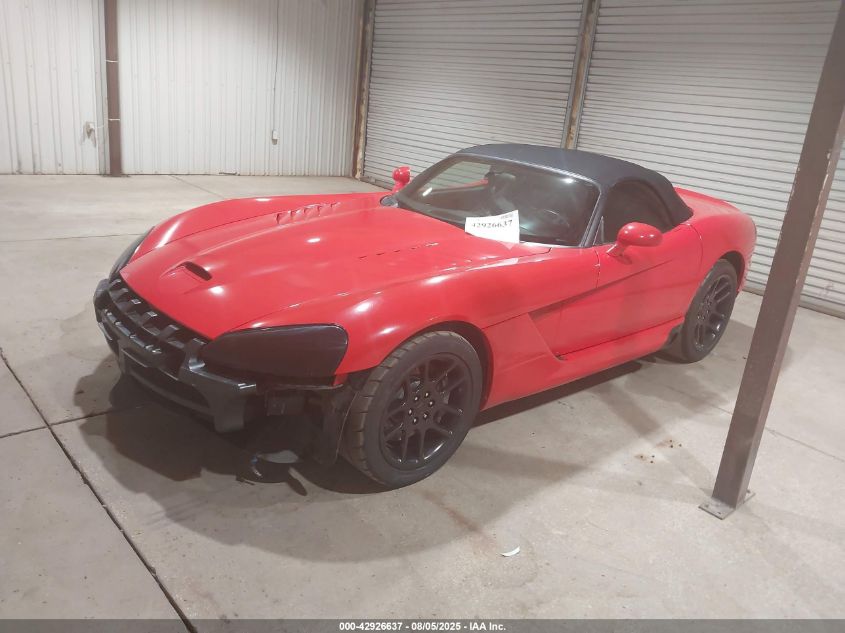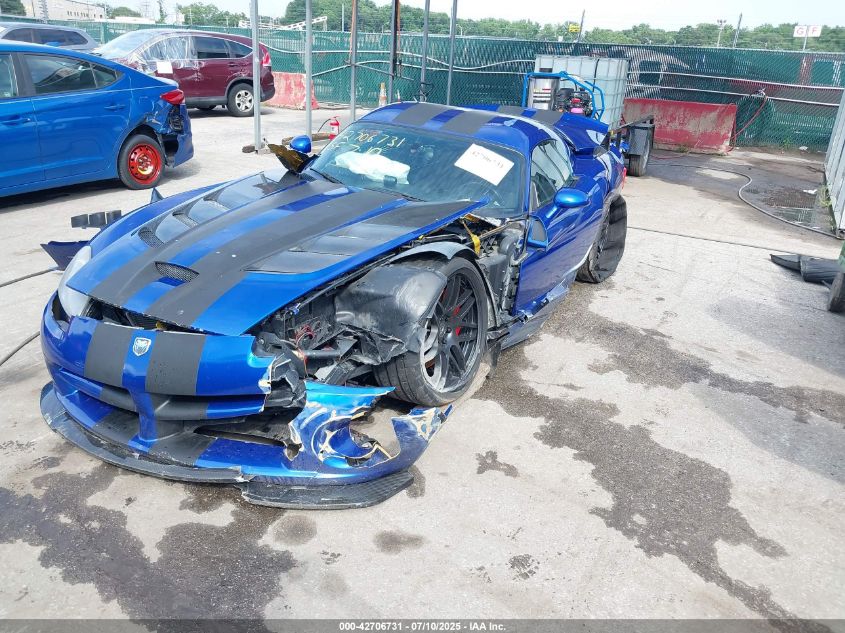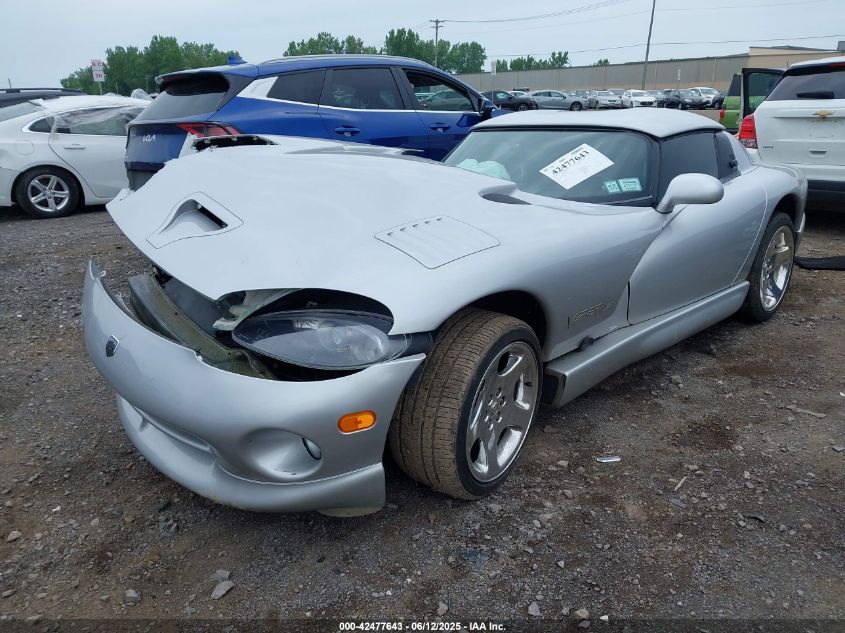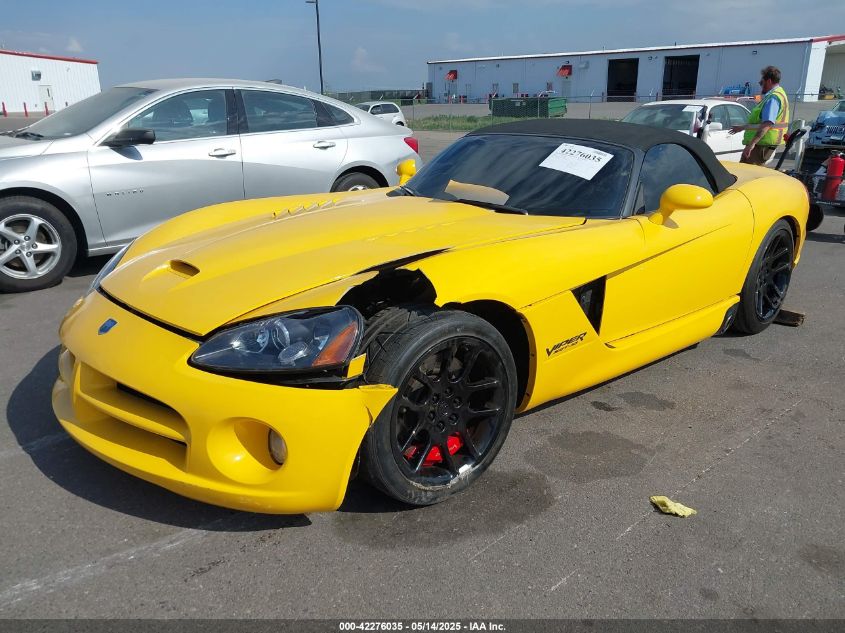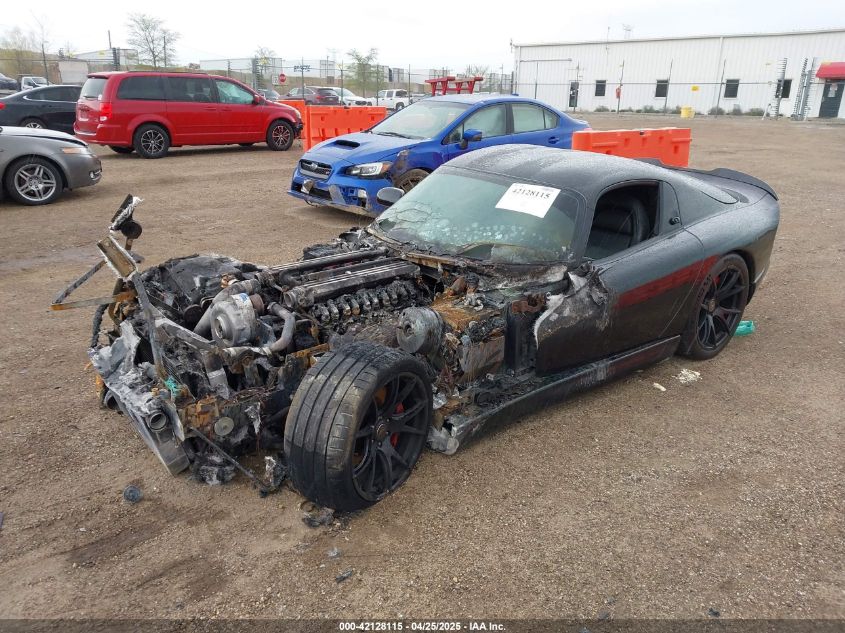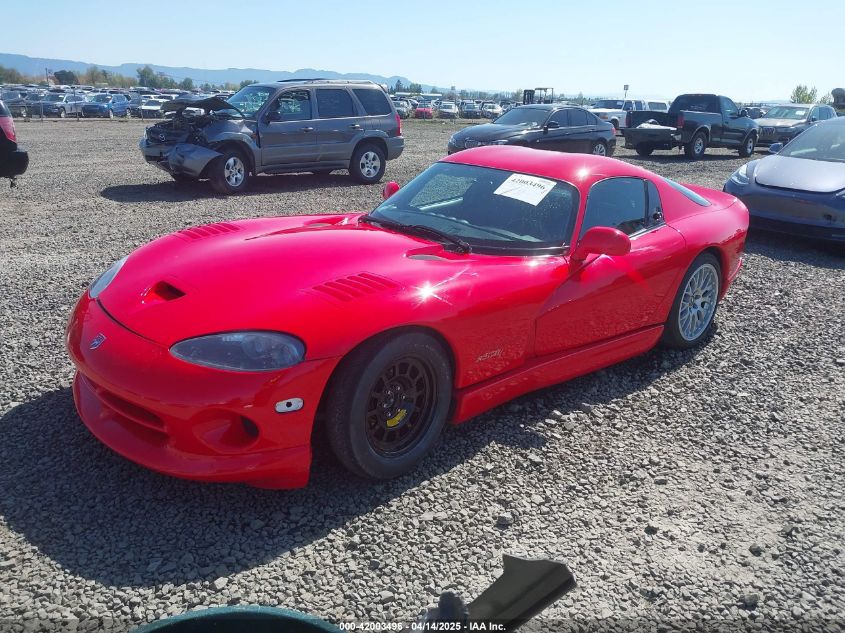2005 DODGE VIPER | 1B3JZ65Z75V500091
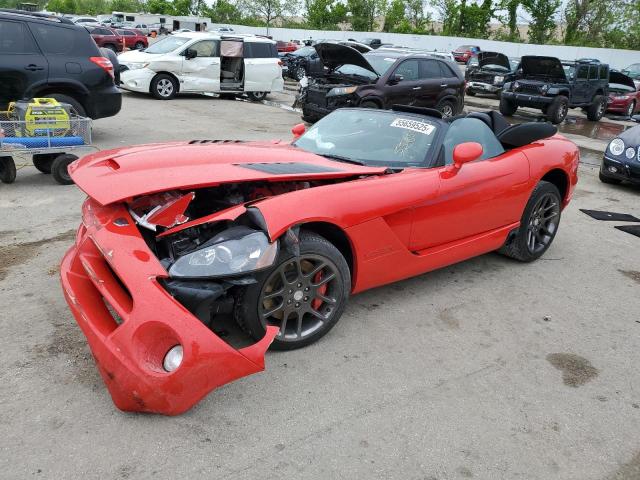 ❯
❯Lot details
- Sale Date2025-06-10
- Lot Number55659525
- ACV64232.2 $
- LocationMO - ST. LOUIS
- Odometer15,903 miles (25,593 km)
- Primary DamageALL OVER
- SellerProgressive
Vehicle specifications
1
~$90,000
Engine: 8.3L naturally aspirated V10
Torque: 712 Nm
0–100 km/h: ~3.8 s
The Dodge Viper SRT-10 Coupe (2006) was a raw, unfiltered performance machine designed to deliver maximum power with minimal compromise. Powered by an 8.3L naturally aspirated V10 producing 510 hp and 712 Nm of torque, it accelerated from 0 to 100 km/h in under 4 seconds and reached top speeds exceeding 300 km/h — without any electronic safety nets.
This was a driver’s car in the purest sense. The coupe version added 30% more torsional rigidity compared to the roadster, giving it sharper handling and improved high-speed stability. Its aerodynamic roofline, rear hatch design, and functional venting made it more than a visual evolution — it was a race-inspired refinement.
With no traction control, no stability control, and no excuses, the Viper SRT-10 Coupe stood as a symbol of analog precision and mechanical dominance. It wasn't designed to assist the driver — it demanded skill, rewarded courage, and punished error. On the track or open road, few cars of its era delivered this level of performance in such a visceral, undiluted form.
Final Bid Dodge Viper (2005)
$17,500
$22,288
$27,050
Body Styles
Open-Top Roadster (Viper SRT-10 Roadster) – a pure, aggressive two-seat performance car with a manually operated fabric soft-top roof and an unmistakably long, vented hood. The Roadster emphasized rawness and driving engagement, trading all-weather refinement for visceral, elemental thrills under the sun and stars.
Fixed Roof Coupe (Viper SRT-10 Coupe) – introduced in 2006, the coupe added structural rigidity and aerodynamic improvements, featuring a double-bubble roof and dramatic rear hatch with a prominent integrated ducktail spoiler. Designed to echo the iconic 1996–2002 GTS styling cues, the Coupe sharpened the Viper’s handling edge and visual menace while maintaining a feral, undomesticated spirit.
Model Name Meaning (Manufacturer)
The name “Viper” was chosen by Dodge to evoke the image of a lethal, agile, and untamed predator, perfectly capturing the car’s mission as a purebred American supercar. Introduced in the early 1990s and continuing through the 2003–2006 second generation (ZB I), the Viper was designed as a modern reinterpretation of the Shelby Cobra — raw, minimal, and brutally fast. Dodge wanted a name that conveyed not just performance, but a visceral emotional reaction, something primal and intimidating.
Internally, the project that became the Viper was originally codenamed "Copperhead", another venomous snake, but the marketing team ultimately landed on “Viper” for its sharper, more aggressive tone. The name directly reflects the car’s defining characteristics: striking design, lightning-quick acceleration, and the dangerous allure of its 8.3-liter V10 engine — a powerplant more at home in trucks than sports cars.
For Dodge, "Viper" wasn’t just a model name — it was a statement of identity. It stood as a counterpoint to refined European exotics, delivering brutal, unapologetic American muscle with minimal electronic aids. The name was meant to be as memorable and fearsome as the car itself — something that wouldn’t just turn heads, but command respect.
Model Name Meaning (Languages)
"Viper" carries immediate recognition globally, symbolizing speed, danger, and visceral excitement. It translates directly or remains easily understood across languages, reinforcing the car’s persona as a bold, no-compromise performance machine without cultural barriers.
Body & Interior Colors and Rims
The Dodge Viper SRT-10 was available in a deliberately bold and extroverted color palette, underscoring its brash character. Signature hues included Viper Red, Viper Bright Silver Metallic, and Viper Black, with later additions like Stone White, Electric Blue Pearl (Coupe exclusive with white stripes), and Race Yellow. Special edition paint schemes such as the Mamba Edition combined white exteriors with black-and-red interiors, while the VOI (Viper Owners Invitational) editions offered unique striping and rare colors.
Inside, the Viper remained focused on performance with minimal concessions to luxury. Black dominated most interiors, accented with brushed aluminum trim and optional color inserts in red or silver. Deeply bolstered leather sport seats offered modest lumbar adjustment but prioritized lateral support. The cockpit layout was businesslike: large analog gauges with a prominent central tachometer, a stubby gear shifter, simple HVAC controls, and little else to distract from driving.
Standard wheels were 18-inch (front) and 19-inch (rear) polished aluminum five-spoke alloys, striking a balance between classic muscle proportions and modern aggression. Later model years and special editions featured ultra-lightweight forged wheels, optional chrome finishes, or dark graphite coatings, all wrapped in Michelin Pilot Sport tires specifically developed to handle the immense torque and heat loads the Viper generated.
Top Expensive Options
- Two-Tone Interior Color Package (Red/Black or Silver/Black): ~$1,500
- Mamba Edition Package (White exterior, black-and-red interior, limited to 200 units): ~$3,000
- Lightweight Forged Aluminum Wheels (Polished or Graphite): ~$2,800
- Upgraded Michelin Pilot Sport Performance Tires: ~$1,200
- Premium Audio Group (6-CD Changer, 310-Watt Sound System): ~$1,100
- Body-Color Hardtop (Roadster only, removable): ~$3,500
- Dual Painted Racing Stripes (Coupe exclusive in 2006): ~$5,000
- Car Cover with Viper Logo Embroidery: ~$400
- HID Headlamp Upgrade Kit (aftermarket Mopar authorized): ~$1,200
- Dealer-Installed Corsa Performance Exhaust System: ~$2,500
vs Competitors
The Dodge Viper faced competition from the Chevrolet Corvette Z06 (C5/C6), Porsche 911 Carrera S (997), BMW M3 (E46), and Aston Martin V8 Vantage. Against the Corvette, the Viper delivered more brutal torque and a rawer, less filtered experience at the expense of refinement. Compared to the Porsche 911, it traded all-weather usability for sheer visual impact and street dominance. Versus the BMW M3, it offered overwhelming straight-line performance but none of the M3’s everyday polish. Against the V8 Vantage, the Viper lacked craftsmanship finesse but far outpaced it on the track. Ultimately, the Viper was in a league of its own — a loud, unapologetic American muscle supercar that demanded respect from even the most seasoned drivers.
Fun Fact
Every Viper engine was hand-assembled at the Conner Avenue Assembly Plant in Detroit, Michigan, by a single technician — and the V10 in the 2003–2006 models was based on a truck engine architecture but heavily reworked by Lamborghini engineers (while Lamborghini was owned by Chrysler) to create a lighter, higher-revving, and more potent monster under the hood.



